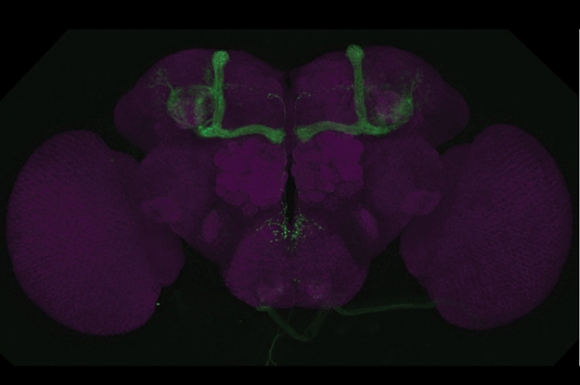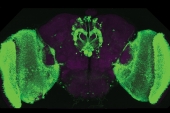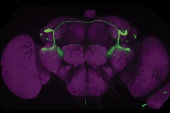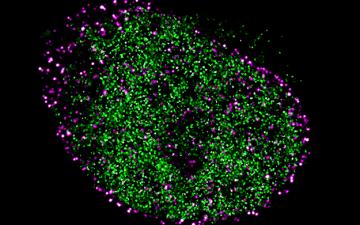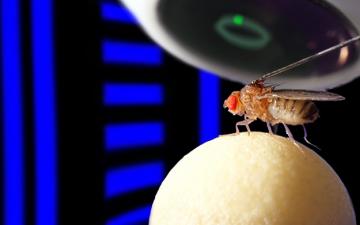Main Menu (Mobile)- Block
- Overview
-
Support Teams
- Overview
- Anatomy and Histology
- Cryo-Electron Microscopy
- Electron Microscopy
- Flow Cytometry
- Gene Targeting and Transgenics
- High Performance Computing
- Immortalized Cell Line Culture
- Integrative Imaging
- Invertebrate Shared Resource
- Janelia Experimental Technology
- Mass Spectrometry
- Media Prep
- Molecular Genomics
- Primary & iPS Cell Culture
- Project Pipeline Support
- Project Technical Resources
- Quantitative Genomics
- Scientific Computing
- Viral Tools
- Vivarium
- Open Science
- You + Janelia
- About Us
Main Menu - Block
- Overview
- Anatomy and Histology
- Cryo-Electron Microscopy
- Electron Microscopy
- Flow Cytometry
- Gene Targeting and Transgenics
- High Performance Computing
- Immortalized Cell Line Culture
- Integrative Imaging
- Invertebrate Shared Resource
- Janelia Experimental Technology
- Mass Spectrometry
- Media Prep
- Molecular Genomics
- Primary & iPS Cell Culture
- Project Pipeline Support
- Project Technical Resources
- Quantitative Genomics
- Scientific Computing
- Viral Tools
- Vivarium
The Janelia Archives
Artifact Name: The GAL4 Fly Lines Science
Science
When Gerry Rubin became Janelia’s executive director, he began looking for a research project that fit the campus’s focus on imaging and neuroscience. Although Rubin had little experience in either area — he’d spent his career studying molecular genetics and genomics in Drosophila — he knew that neuroscientists needed better tools to manipulate specific nerve cells in the brain.
To address this need, Rubin and his team created the GAL4 driver lines — a collection of more than 7,000 different strains of Drosophila, each with the GAL4 transcription factor added to a specific set of one to a few hundred neurons in the flies’ brains. The presence of the transcription factor enables scientists to manipulate those neurons, either by turning them on and off or by adding endogenous proteins to the cells.
Rubin’s team and others have since constructed additional transgenic flies, bringing the total number of fly lines to about 15,000. These collections are available from public stock centers and have been distributed to more than 500 labs worldwide.
Rubin’s lab group has continued to develop the lines, recently engineering flies with GAL4 expression restricted to individual cell types, sometimes as few as two cells out of the fly’s 100,000 neurons. His team made several hundred of these split-GAL4 lines, and Janelia’s FlyLight Project Team has picked up the effort, with the goal of generating a set of split-GAL4 lines that specifically express GAL4 in the vast majority of cell types in the fly nervous system.
These panels show images of the expression patterns (green) generated by selected GAL4 drivers from the initial Janelia collection (Jenett et al. 2012 PMID: 23063364).
The images were generated by the FlyLight Project Team.
These panels show images of the expression patterns (green) generated by selected GAL4 drivers from the initial Janelia collection (Jenett et al. 2012 PMID: 23063364).
The images were generated by the FlyLight Project Team.
These panels show images of the expression patterns (green) generated by selected GAL4 drivers from the initial Janelia collection (Jenett et al. 2012 PMID: 23063364).
The images were generated by the FlyLight Project Team.
These panels show images of the expression patterns (green) generated by selected GAL4 drivers from the initial Janelia collection (Jenett et al. 2012 PMID: 23063364).
The images were generated by the FlyLight Project Team.
These panels show images of the expression patterns (green) generated by selected GAL4 drivers from the initial Janelia collection (Jenett et al. 2012 PMID: 23063364).
The images were generated by the FlyLight Project Team.




